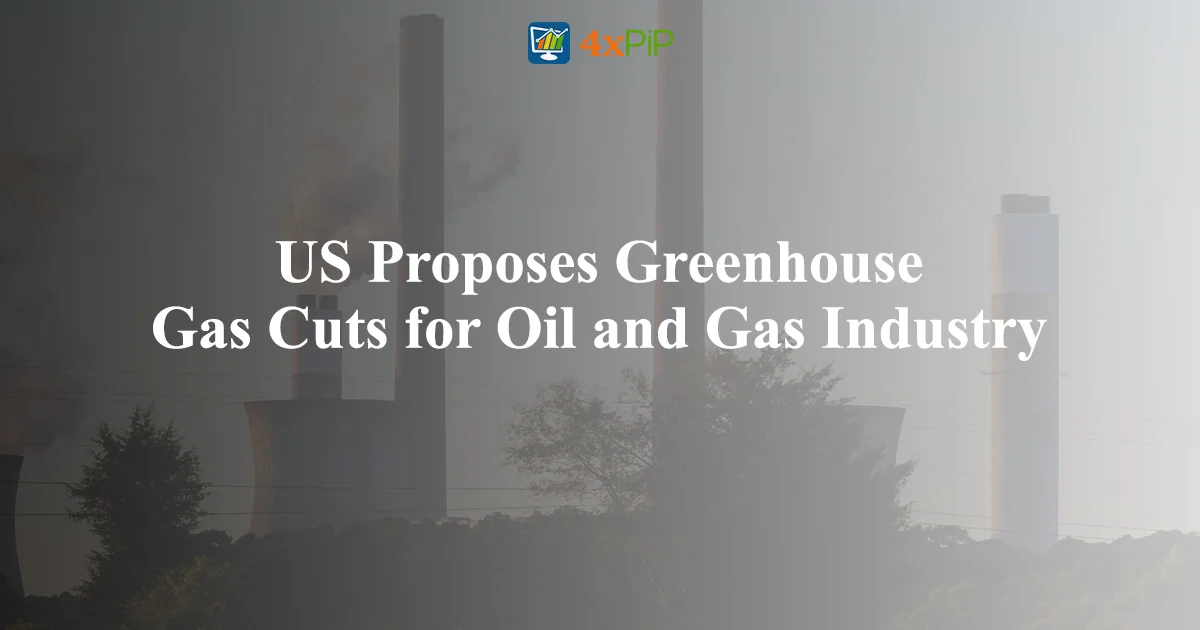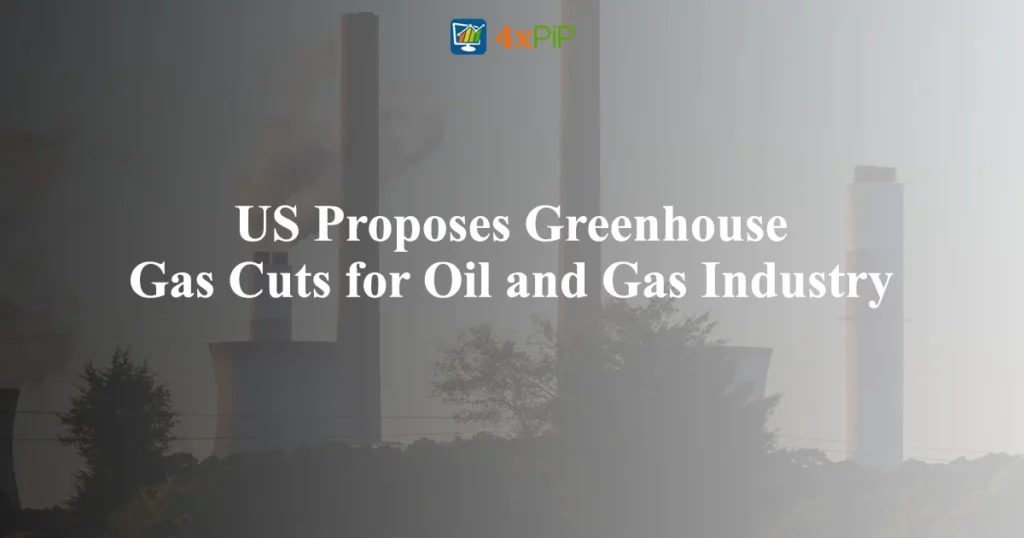In a pivotal move toward addressing climate change, the Biden administration has put forth groundbreaking regulations aimed at reducing methane emissions from the U.S. oil and gas industry. These measures, unveiled at the United Nations COP28 climate change conference in Dubai, signify a significant commitment to global efforts in mitigating the environmental impact of greenhouse gases. As we navigate through the key aspects of this proposal, it’s crucial to recognize the urgency of methane reduction and understand the implications of these regulations on both the industry and the environment.
The Urgency of Methane Reduction
Methane, a potent greenhouse gas with a higher warming potential than carbon dioxide, poses a pressing environmental challenge. The undetected release of methane from oil and gas equipment contributes significantly to climate change. Recognizing this urgency, the U.S. Environmental Protection Agency (EPA) has introduced regulations aimed at curbing these emissions. Vice President Kamala Harris emphasized the importance of these methane regulations at COP28, underlining the immediate impact reining in methane emissions can have on limiting climate change.
The EPA’s new policies include banning routine flaring of natural gas, mandatory leak monitoring, and a program to detect large methane releases from “super emitters.” The urgency lies not only in meeting international commitments but also in safeguarding the planet for future generations. For those eager to delve into the intricacies of trading or seeking expert advice on environmental issues, 4xPip provides valuable resources. Contact their experts at [email protected] for more information and guidance.
The COP28 Pledge and International Commitments
The unveiling of these regulations comes as part of a broader commitment made by 150 countries, including the United States, to reduce methane emissions by 30% from 2020 levels by 2030. This pledge, initiated two years ago, sets the stage for concerted global action against climate change. The United States, alongside other nations attending COP28, is expected to outline detailed plans on how they intend to achieve this ambitious target.
The COP28 conference serves as a platform for nations to reinforce their commitment to environmental sustainability. The EPA’s regulations align with this global pledge, reflecting the United States’ determination to lead by example. This commitment not only showcases the nation’s dedication to environmental responsibility but also contributes to building a collective momentum for global change.
Key Highlights of the New Regulations
The EPA’s regulations encompass several key highlights designed to make a substantial impact on methane reduction. These measures include banning routine flaring of natural gas from newly drilled oil wells, mandatory monitoring for leaks from well sites and compressor stations, and the implementation of a program using third-party remote sensing to identify large methane releases from “super emitters.” The Super Emitter Program, in particular, seeks to enhance the detection of significant methane releases, providing a more comprehensive approach to emissions control.
The rules also demonstrate flexibility by giving the industry additional time to comply, ensuring a balanced approach to emissions reduction without compromising energy demands. This strategic blend of stringent regulations and industry flexibility positions the United States at the forefront of sustainable environmental practices.
Impact on Emissions and Climate
The EPA estimates that the implementation of these rules could prevent around 58 million tons of methane from entering the atmosphere between 2024 and 2038. This substantial reduction is equivalent to nearly all carbon dioxide emissions from the power sector in the year 2021. Beyond the numerical impact, reining in methane emissions holds significance due to methane’s higher warming potential and faster breakdown in the atmosphere compared to carbon dioxide.
The rules are projected to yield climate and health benefits of up to $7.6 billion annually through 2038, making them a formidable force in the fight against climate change. Additionally, the regulations are expected to increase the recovery of natural gas by up to $13 billion over the same period, presenting a comprehensive approach that balances environmental and economic considerations.
External Factors
Beyond the environmental impact, additionally, the new regulations take into account external factors that contribute to effective implementation. Moreover, the rules ban routine flaring of natural gas produced by newly drilled oil wells, addressing a common industry practice that releases methane directly into the atmosphere. Furthermore, by requiring oil companies to monitor for leaks from well sites and compressor stations, the regulations tackle potential sources of undetected methane emissions. Furthermore, the introduction of third-party remote sensing to detect large methane releases from “super emitters” enhances the transparency and effectiveness of monitoring efforts. These external factors underscore the comprehensive nature of the regulations, considering various aspects of the oil and gas industry’s operations.
Global Leadership and Recognition
Vice President Kamala Harris emphasized the methane regulations as part of a broader initiative by the Biden administration to position the United States as a global leader in the fight against climate change. Additionally, the regulations showcased at COP28 demonstrate the nation’s commitment to international collaboration and environmental responsibility. The U.S. EPA’s proactive approach aligns with the global community’s push for sustainability; moreover, it reinforces the nation’s standing as a leader in shaping climate policies.
The regulations are not merely a national endeavor but a testament to the importance of collective global action to address the shared challenge of climate change. As nations collaborate to implement and strengthen environmental regulations, the U.S. takes a pivotal role in fostering a sustainable future for the planet.
Industry Response and Review
While the proposed regulations mark a significant step forward in environmental stewardship, the response from the oil and gas industry remains under review. The American Petroleum Institute, a trade group representing the industry, stated that it is evaluating the regulations to ensure they strike a balance between emissions reduction and meeting rising energy demand. The industry acknowledges the importance of mitigating environmental impact while maintaining the necessary energy supply.
Exxon CEO Darren Woods expressed conceptual support for the regulations, emphasizing the need for them to be reasonable and sound. The industry’s response highlights the ongoing dialogue between regulatory authorities and key stakeholders to ensure effective, balanced policies that address both environmental concerns and energy needs.
Summary
The proposed regulations by the U.S. Environmental Protection Agency to cut greenhouse gas emissions from the oil and gas industry represent a significant commitment to global efforts in mitigating climate change. Additionally, the urgency of methane reduction, international commitments outlined at COP28, and key highlights of the new regulations underscore the comprehensive approach taken to address environmental challenges. Moreover, the impact on emissions and climate, consideration of external factors, and global leadership initiatives demonstrate a proactive stance in fostering sustainability. While the industry reviews and responds to the regulations, the proposed measures showcase the United States’ dedication to environmental responsibility and its role as a leader in shaping global climate policies.





